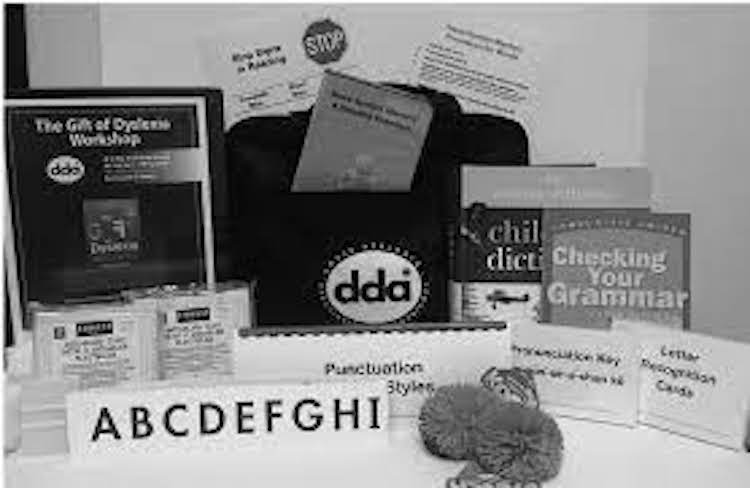This entry is part of an ongoing series highlighting new collections. The Archives of American Art collects primary source materials—original letters, writings, preliminary sketches, scrapbooks, photographs, financial records, and the like—that have significant research value for the study of art in the United States. The following essay was originally published in the Fall 2020 issue (vol. 59, no. 2) of the Archives of American Art Journal. More information about the journal can be found at https://www.journals.uchicago.edu/toc/aaa/current.
The Ronald Davis Papers shed light on the storied life and career of one of the most significant American painters of the postwar period. Already in the early 1960s, while Davis (b. 1937) was a student at the San Francisco Art Institute, the precocious originality of his work caught the attention of local heavyweights, including Tony DeLap and Fred Martin. In a review from 1964, preserved in the papers, art critic Alfred Frankenstein counted Davis among the Bay Area’s “excellent new talents, especially in the hard-edge style.” It was not until 1966, however, after having relocated to Los Angeles, that Davis mastered a new technique of pouring, painting, or dripping polyester resin on sheets of shaped fiberglass, resulting in his spectacular Dodecagon series. Playing with illusionistic spatial effects, these paintings brought Davis instant international fame, with one-person exhibitions at the Leo Castelli (1968), Paul Kasmin (1968), and Nicholas Wilder galleries. Researchers can track Davis’s rise in the 1960s through rare exhibition catalogues and posters, newspaper clippings, announcements, and extensive correspondence with galleries and museums around the world.
Davis’s early success gave him the means to acquire impressive lodgings. Researchers will enjoy thumbing through a set of photographs that document his Pico Boulevard home and studio. They show how Davis lived, surrounded by the work of admired friends such as artist Frank Stella. They also depict a large aquarium, which he lovingly maintained until it shattered disastrously in the 1971 San Fernando (Sylmar) earthquake. In 1972, Davis moved into a new home and studio in Malibu, which he designed with architect Frank Gehry. The angular, open-plan building is represented in Davis’s papers through photographs, drawings, building specifications, records of disputes with community members over the location of fences, and lists of leaks in skylights and windows awaiting repair. One of several contact prints shows the home’s bold interior spaces and its jutting profile, replete with galvanized, corrugated-steel cladding. The architectural volumes of Davis’s new quarters harmonized with the preferred shapes and formats of his geometrically informed paintings.
The papers also contain intimate correspondence with his parents and children, and evidence of a half-decade-long epistolary relationship with Australian artist and collector Oscar Edwards, who sent Davis Aboriginal art in exchange for work of his own. There are letters from well-known interlocutors including art historian Michael Fried and artists John McCracken and Seth Siegelaub. Additional dispatches reveal other facets of Davis’s artistic identity, including a wealth of correspondence with Gemini G.E.L. and Tyler Graphics that documents his passion for printmaking. Occasionally letters offer a glimpse of the artist’s sense of humor. In one, dated April 27, 1976, and addressed to art critic Jan Butterfield, then at the San Francisco Museum of Modern Art, Davis queried: “What paintings of mine are you planning on showing in the Bicentennial exhibition [Painting and Sculpture in California: The Modern Era]? Hopefully you’ll include a red, white, and blue painting!” His valediction—“Patriotically yours, Ronald Davis”—suggests he was inclined, at least for the moment, to tap into the upbeat national mood.
Matthew Simms is the Gerald and Bente Buck West Coast Collector at the Archives of American Art.


